Published November 1, 2022 by Windstorm Press
Jane’s nightmares are back—and this time, they’ve unleashed a brutal killer. Jane Walker’s nightmares aren’t imaginary—they’re glimpses into the traumatic past; and the past can be dangerous, especially now that Jane’s protective birthmarks are gone.
Worse, she’s no longer invisible within her dreams—and learns this the hard way while using her power to incriminate a ruthless killer. Inadvertently revealing her ghost form, she launches him on a relentless hunt to track her down.
Even more disturbing, Jane knows this man. She once tried to use her power to save him from injury, but instead set him on a path of violent crime. Now, he’s targeted the man she loves, and Jane must keep one step ahead of this cold-blooded assassin before he gets rid of Ethan permanently.
Jane has one last chance to fix the mistake that altered this man’s history, but that means taking her most dangerous dream journey yet—one from which she might never awaken.
Ghost Mark is the second installment of the Dark Dreams Series by JP McLean, an author whose writing the Ottawa Review of Books calls “relentless and original.”
in search of a setting
by jp mclean
No matter the genre, all works of fiction have a setting, and every setting requires research, even the fictional ones. But choosing a present-day setting, like New York, or Paris, requires a deeper dive. Why? Because even if you have never visited the location you choose, your readers may have. If the location details aren’t authentic, you’ll lose credibility with your readers.
Getting the details right is important
Setting is more than a location on a map. In order to pull your reader into the setting, and keep them there, you have to evoke the senses, create an immersive experience. When researching a location, consider the sounds (cars honking, frog song), the scents (exhaust, wood smoke), the sights (high rises, fields of corn), the textures (cool glass, weathered wood), and the local cuisine (fast food, fine dining).
Setting your story in a place you’re familiar with is one way to get the details right. Most of the settings I choose are cities I’ve lived in. I know the street layouts, the neighbourhoods, the feel of the places. Indoors or out, downtown or suburb, I know where to find a suitable place for each scene. But what do you do when the setting is unfamiliar?
Any excuse for a road trip
Location research is a writer’s best excuse for a road trip! I’ve driven across Canada and down the west coast of the United States many times to see and feel for myself the places I’m using. I take copious notes and every opportunity to talk to locals. Most places have visitor information centres that are useful resources. The knowledgeable people who work there are happy to talk about the location and its famous or infamous residents. Does your story call for a name drop? Often, brochures and pamphlets are available for useful tips on everything from local festivals and markets to tourist hot spots, hikes, beaches, and restaurants. You’ll find plenty of detail to add layers of richness to your settings.
Servers at local restaurants are also a tremendous resource, and if you catch them during a slow time, they’re usually happy to talk. A server in the Napa Valley, in California’s wine country, gave me a piece of writing gold when she asked if I was in town for the crush. I learned that was local lingo for the annual grape harvest.
One mistake I’ve made on past road trips is not having a list of questions and scene-specific
requirements. It’s easy to get sidetracked when you’re on a road trip, so I like to know what locations the book calls for. Do I need to find a city park? A high rise? A derelict warehouse? Having a list may be easier for writers who plot, but even those who don’t plot, can keep a daily travel diary, and include the five senses they encounter while they’re out and about.
But what to do when you don’t have the flexibility to travel?
Happily, there are many other resources writers can tap. To get an overview of the area, a roadmap or Google Maps are good places to start. Supplement the big picture with Google Earth to hone in on the types of buildings in the area (residential/industrial), the architecture (gothic/modern), the scenery (lush/barren). Use traffic cameras to gage how busy the streets are, what kind of trees, billboards, or buildings line the highways. These are the streets and conditions your characters will encounter.
Search the internet for the scents and sounds of the place (seriously, type in scents and sounds of X city and you’ll be surprised how much you can glean). Find the local restaurants and look at their on-line menus. These are the meals your characters will order.
Check the weather charts and sunrise/sunset times to be sure you’re true to the timeframe you’re using. Research the flora and fauna your characters will encounter. Interview people you know who have been to the location. I’ve also used local real estate listings to get a feel for neighbourhood homes and condos. Most real estate listings these days come with drone footage, 360-degree views of the interior, and sometimes the architectural plans. This information can help round out interior scenes or lend flavour to scenes staged in the general vicinity.
Not everything you find will make its way to the page
You’ll often end up with much more information than you can use in your story. But the research is never wasted, because even if you don’t use the crush, knowing about it helps you understand the setting and the people, and that knowledge will infuse itself itself into your writing, pull in the reader and hold them in the story.
JP (Jo-Anne) McLean is a bestselling author of urban fantasy and supernatural thrillers. She is a 2021 finalist for the Chanticleer Paranormal Award for Supernatural Fiction, and the Wishing Shelf Book award for Adult Fiction. Her work has won a Readers’ Favorite Award, a Gold Literary Titan medal, and honourable mentions from the Whistler Independent Book Awards and the Victoria Writers’ Society. Reviewers call her work addictive, smart, and fun.
JP holds a Bachelor of Commerce Degree from the University of British Columbia’s Sauder School of Business, is a certified scuba diver, an avid gardener, and a voracious reader. She had a successful career in Human Resources before turning her attention to writing.
Raised in Toronto, Ontario, JP has lived in various parts of North America, from Mexico and Arizona to Alberta and Ontario. JP now lives with her husband on Denman Island, which is nestled between the coast of British Columbia and Vancouver Island. You can reach her through her website at jpmcleanauthor.com.Website | Twitter | Facebook
in search of a setting
by jp mclean
No matter the genre, all works of fiction have a setting, and every setting requires research, even the fictional ones. But choosing a present-day setting, like New York, or Paris, requires a deeper dive. Why? Because even if you have never visited the location you choose, your readers may have. If the location details aren’t authentic, you’ll lose credibility with your readers.
Setting is more than a location on a map. In order to pull your reader into the setting, and keep them there, you have to evoke the senses, create an immersive experience. When researching a location, consider the sounds (cars honking, frog song), the scents (exhaust, wood smoke), the sights (high rises, fields of corn), the textures (cool glass, weathered wood), and the local cuisine (fast food, fine dining).
Setting your story in a place you’re familiar with is one way to get the details right. Most of the settings I choose are cities I’ve lived in. I know the street layouts, the neighbourhoods, the feel of the places. Indoors or out, downtown or suburb, I know where to find a suitable place for each scene. But what do you do when the setting is unfamiliar?
Any excuse for a road trip
Location research is a writer’s best excuse for a road trip! I’ve driven across Canada and down the west coast of the United States many times to see and feel for myself the places I’m using. I take copious notes and every opportunity to talk to locals. Most places have visitor information centres that are useful resources. The knowledgeable people who work there are happy to talk about the location and its famous or infamous residents. Does your story call for a name drop? Often, brochures and pamphlets are available for useful tips on everything from local festivals and markets to tourist hot spots, hikes, beaches, and restaurants. You’ll find plenty of detail to add layers of richness to your settings.
Servers at local restaurants are also a tremendous resource, and if you catch them during a slow time, they’re usually happy to talk. A server in the Napa Valley, in California’s wine country, gave me a piece of writing gold when she asked if I was in town for the crush. I learned that was local lingo for the annual grape harvest.
One mistake I’ve made on past road trips is not having a list of questions and scene-specific
requirements. It’s easy to get sidetracked when you’re on a road trip, so I like to know what locations the book calls for. Do I need to find a city park? A high rise? A derelict warehouse? Having a list may be easier for writers who plot, but even those who don’t plot, can keep a daily travel diary, and include the five senses they encounter while they’re out and about.
But what to do when you don’t have the flexibility to travel?
Happily, there are many other resources writers can tap. To get an overview of the area, a roadmap or Google Maps are good places to start. Supplement the big picture with Google Earth to hone in on the types of buildings in the area (residential/industrial), the architecture (gothic/modern), the scenery (lush/barren). Use traffic cameras to gage how busy the streets are, what kind of trees, billboards, or buildings line the highways. These are the streets and conditions your characters will encounter.
Search the internet for the scents and sounds of the place (seriously, type in scents and sounds of X city and you’ll be surprised how much you can glean). Find the local restaurants and look at their on-line menus. These are the meals your characters will order.
Check the weather charts and sunrise/sunset times to be sure you’re true to the timeframe you’re using. Research the flora and fauna your characters will encounter. Interview people you know who have been to the location. I’ve also used local real estate listings to get a feel for neighbourhood homes and condos. Most real estate listings these days come with drone footage, 360-degree views of the interior, and sometimes the architectural plans. This information can help round out interior scenes or lend flavour to scenes staged in the general vicinity.
Not everything you find will make its way to the page
You’ll often end up with much more information than you can use in your story. But the research is never wasted, because even if you don’t use the crush, knowing about it helps you understand the setting and the people, and that knowledge will infuse itself itself into your writing, pull in the reader and hold them in the story.










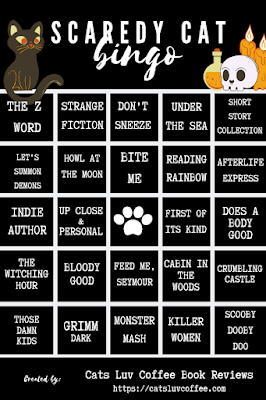



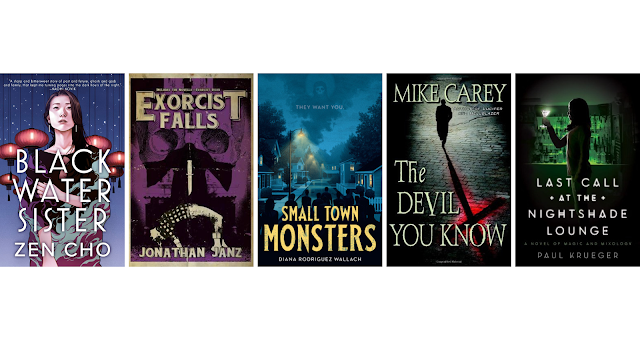


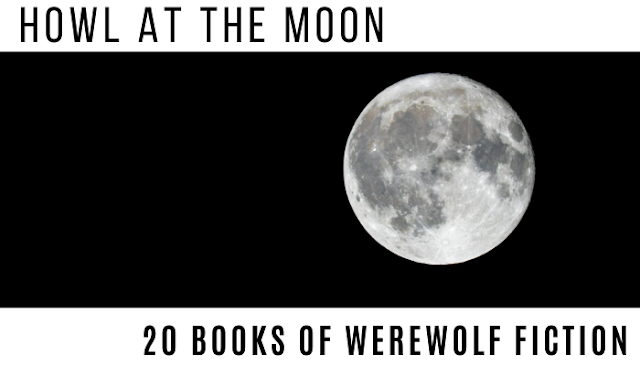



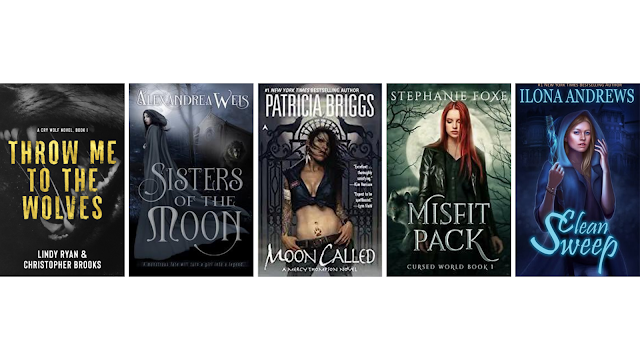
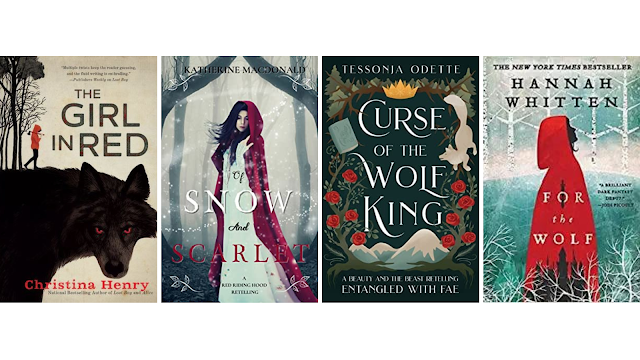

Search This Blog
Previous Posts
Labels